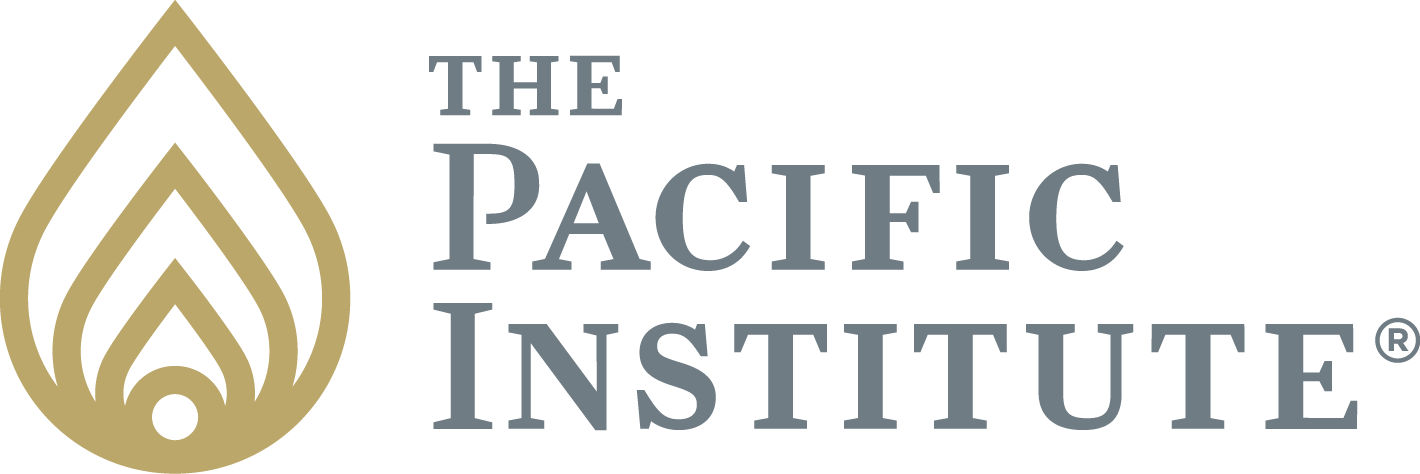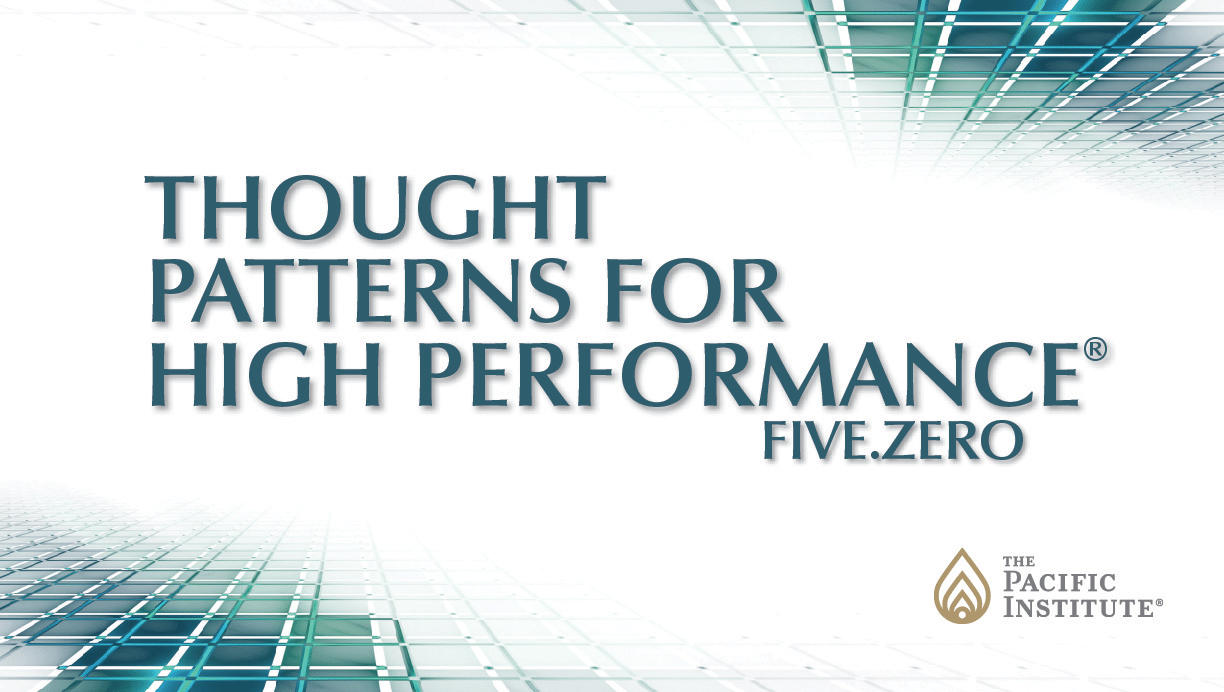Over the last several decades, I have worked with a variety of organizations, from the inside and outside, to support growth and change. Strategic planning has been a primary business line since the beginning. At last count, I have led more than 300 strategic planning sessions. Most of the organizations I have worked with believed they needed to set strategic direction in order to effectively grow or change. I agree that setting a common direction with specific actions to support that direction was and is critical to an organization’s success. Yet, even when planning is done successfully organizations sometimes do not reach their goals. Truthfully, it is more than just sometimes.
The Framework
One of the most interesting discoveries I have made, after years of working with different organizations, is that there are common elements of organizational transformation—strategy, structure, process, technology and people. Whether you are a start‐up or a well‐established legacy organization, the typical journey starts with the development of a strategy, or strategic direction, which usually includes a vision, mission and goals. This is followed by designing or re‐arranging the organization’s structure, such as the creation of a new board or new committees, positions and functions. In a start‐up, this might mean creating or delineating CEO or CFO positions. Next comes the design, re‐design, re‐engineering or re‐invention of processes to align with the new strategy and/or structure. This is followed by development of new or improved technologies to aid in organizational change. The final step addresses organizational culture and leadership development—the people element. Like levers, leaders pull on one or another of these elements to facilitate the change or growth they desire. What I now understand is that pulling on a single lever, such as strategy for example, might lead to some success, but often it has little effect. In fact, it can sometimes work against one of the other levers. In order to ensure sustainable, holistic change, you need to consider all five elements of strategic change. This is the framework for strategic architecting.
How’s Your Golf Swing?
It is the role of leaders to strategically architect their organizations. This ‘architecting’ is the complementary use of the five elements—strategy, structure, process, technology, people—so they work together to achieve the desired outcomes. Once I realized this, my work became dramatically easier; I had a framework I could use to guide leaders in architecting growth or change. By considering each element in the framework, leaders can strategically architect change and position their organizations for greater success. An unusual but relevant example of the benefit of identifying and purposefully architecting the five elements comes from the golf world. George Knudson, one of Canada’s top professional golfers in the 1960s and 70s, developed a model of the golf swing. Specifically, he broke the golf swing into four components: distance, direction, trajectory and consistency. If one component was out of alignment, it affected the overall swing and thus the shot itself. Knudson’s model gave golfers a way to diagnose their own golf swings. If you were not hitting the ball where you wanted, for example, you would look to see which of the elements was out of alignment. Knudson argued that when all four components were aligned, you would hit the shot where you wanted it to go. How does this connect to strategic architecting? Hold up your hand and look at your fingers. Each represents one of the five elements of organizational transformation. Your little finger is strategy, the others are structure, process and technology, and your thumb is people.
Now, hold up your hand with your thumb pointing towards your chest and align your fingers so you see only your index finger. If you want to achieve your strategic planning goals, your ‘fingers’ need to be aligned. If they line up, your probability of success is higher; if they don’t, it is lower. If your ring finger (structure) is out of alignment with your little finger (strategy), for example, it will affect outcomes and minimize results. So, as in golf, if you are going to get the direction and distance you want out of your organizational ‘swing’, all elements need to be in alignment and working together. That being said, I believe it is the people element that, in the long run, can make or break your ability to hit your target. It has been my experience that companies align the first four elements (strategy, structure, process and technology) while either lightly addressing or ignoring altogether the fifth element (people). These initiatives fall short of the desired outcomes and the initial growth or change often proves unsustainable.
5 Elements of Strategic Change
To ensure sustainable, holistic change, you need to consider five distinct elements.
Again, hold up your hand, this time with your thumb pointing at your chest. Visualize all your fingers in alignment, but your thumb bent toward your palm. You have aligned strategy, structure, process and technology, but you haven’t changed the way people within your organization think and behave. Your unaligned ‘thumb’ will act as a rudder, pulling your organization back in its original direction. Your thumb, like your people, creates resistance to the desired direction and outcome.
All organizations are changing—merging, diversifying, acquiring or looking to hit ambitious growth targets or perhaps evolving gradually to keep pace with a changing marketplace. Change is inevitable. The only question is the speed and extent of change.
Real Change Only Happens through People
Independent studies by Harvard Business School, London School of Economics, INSEAD and other industry think tanks all show that corporations find change difficult. Over 70% of change initiatives do not deliver the required results. The most common cause of failure is insufficient focus on people. For several years, I coached a group of CEOs. In one of our meetings, I asked, ‘What do you know for sure?’ After a short discussion they came back with three truths:
What these CEOs know for sure is, in fact, true. Not only is change constant, but the speed and complexity of change is increasing. CEOs cannot always control the changes coming at them, but they can help their people become more adaptable.
- Change is constant
- Resistance to change is equally constant
- Leaders need to help their people adapt to change
So then, why do companies invest so much time and effort on the first four elements of organizational change, and so little on the fifth, their people? To answer this, we need to dig a little deeper into the past and look at our conditioning as leaders.
The Missing Link
In 1989, I trained as a performance management consultant. It was a tremendous career development step, because it allowed me to work with and learn from about 700 staff and 50–60 managers. Performance management is a behavioral science approach to management and leadership that attempts to improve behavior by managing the environment. It is based on a formula of Behavior (B) = Heredity (H) + Environment (E). The theory is that behavior can be affected by setting clear goals and measurable objectives. By attaching positive consequences to these goals and objectives, you develop the behavior you want in people. Performance management was and is an effective way to increase performance or affect behavior, which is why so many companies continue to invest in it. But there is a missing variable, one that doesn’t seem to be affected by managing the environment. This variable is individual attitude. Simply put, some people’s attitudes are not affected, either positively or negatively, by consequences. Because performance management focuses on changing the outside versus the inside, business leaders have become conditioned to working on the extrinsic (outside environment) rather than the intrinsic (individual attitude).The missing component in the behavioral approach to performance management is what cognitive theorists refer to as human agency, which simply means that ‘humans can and do think independently of their environment.’ A cognitive theorist believes that B = H + E + Human Agency (HA or thinking). This theory helped me understand why people behave differently even though they work in the same environment. I finally understood why individual performance was limited—we were trying to change E, environment, without changing HA, thinking. That is why transformation is limited when organization’s address strategy, structure, process and technology without dealing with people. People resist change, not because they are bad but because they are conditioned to resist change. Changing the way an individual thinks about change enables that individual to adapt to change. Wow! It was a eureka moment for me.
How Do You Change the Way People Think?
How do you change the way people think about change? You begin by understanding how people think. The Pacific Institute® has more than 40 years experience helping people understand how they can increase their potential by learning how to think differently. Over the last 15 years, I have shared The Pacific Institute’s curriculum with a variety of clients, and I have seen their organizations achieve higher performance by applying cognitive psychology to improve performance and drive transformation on an individual, professional and organizational level. The following diagram illustrates the challenges most organizations face when attempting to achieve growth or manage change. Most are conditioned to try and affect outcomes by manipulating the environment, or the first four levers of strategy, structure, process and technology. Because organizations are not conditioned to change how people think, their ability to achieve and sustain growth is limited.
Individual and Organizational Change
Several years ago, a large organization retained me to assist with their strategic planning and long‐term direction setting. I provided a strategic planning process rooted in cognitive science. When I checked back several months later, they had achieved many of their goals. But more importantly, they had changed their thinking, which had changed their behavior, which in turn had enabled the planning process to achieve greater results. Changing their thinking had made greater success possible. If you diagram the process, it looks like this: The Pacific Institute curriculum focuses on the left side of the diagram (thinking & behavior) versus the right side (strategy, structure, process, technology). We help organizations understand that changing thinking (habits, attitudes, beliefs, expectations) can change behavior. This is step one in organizational transformation. Only when it is underway do we work on the more familiar elements of strategy, structure, process and technology to accelerate growth and increase collective potential. The Pacific Institute curriculum enables both organizations and individuals to tap into their full potential. The curriculum is both organizational and personal. My experience has shown that when an organization invests in people at the front end of its change process, it gets noticeably better results on all other steps. Bottom line: shifting from a behavioral(concentrating only on external behavior) to a cognitive (the thinking behind the behavior) approach will help you improve performance.
Higher Performance
Imagine organizational transformation as a teeter‐totter. It is my belief that, as an individual or an organization, if you focus your effort on the left side of the teeter‐totter, you will raise your performance on the right side. Investing in a cognitive approach that addresses your own thinking skills and those of your people will unleash creative thinking and impact behavior in ways that will lead to higher individual and organizational performance.
Getting Past Our Past Conditioning
It is frustrating to watch high performance organizations try to achieve growth and change by investing the majority of their time and effort on the environment side of the teeter‐totter, with only minimal investment in people. I remember sharing my frustrations with a business friend. He believed there were two reasons for this. First, most of us have spent our entire lives learning or working in systems that promote a behavioral rather than a cognitive approach. So, our past conditioning affects our present thinking. Second, most organizations look for tangible investments to promote organizational change. Investing time on strategic planning, working on re‐structuring or process improvement or investing in new technology—these are things you can see and touch, so it feels like you are making ‘real’ change. On the other hand, it is more daunting to deal with people and understand how habits, attitudes, beliefs and expectations get in the way of growth. In the Guru’s Guide, the authors provide tips on managing change. One tip confused me at first: ‘keep it complex, stupid’. The authors quoted James Champy, who maintains that facing major change forces you to confront the larger issues. To make a significant organizational difference you need to pay attention to the complexities of culture and leadership style, which are inherently tied to an understanding of people. Champy adds, ‘the larger the scale of change, the greater the opportunity for success’. This is consistent with my own experience. For successful organizational change, you need the full set of strategic architecting tools—but change happens most effectively when you address head‐on the people side of your organization.


